Inflation Data Stronger in Q3, but Still Under Control
On Wednesday (27th October), the Australian Bureau of Statistics (ABS) released Q3 consumer price index (CPI). The latest data revealed that inflation rose by 0.8% this quarter, bring it to an annualized rate of 3%, lower from last quarter’s inflation spike of an annualized rate of 3.8%.
However, the trimmed mean measure of core inflation favoured by the Reserve Bank of Australia (RBA) accelerated to 2.1%, well above the 1.8% expected and putting it back in the RBA's 2% to 3% target range for the first time in six years.
To understand inflation, we need to know how is inflation measured in Australia?
The CPI measures the percentage change in the price of a variety of goods and services consumed by households. Housing and grocery costs often take a greater portion of an inflation calculation because they generally incur a greater cost to an average household than other relative costs, such as telephone bills.
These are the categories and their respective breakdowns:
What influenced inflation this quarter?
The dominating contribution comes from the cost of automotive fuel since it reached a record high this quarter due to higher global oil prices amid economic recovery and supply disruptions. Fuel prices continued to increase, rising by 7.1% in the September quarter, to surpass its previous high from 2014.
New dwelling value recorded the sharpest increase due to high construction activity coupled with supply and material shortages.
Cost of durable goods like motor vehicles also recorded increase by the strong demand and supply disruptions.
Positive side comes from the cost to buy fruit, it fell this quarter as there have been plentiful supplies of avocados, citrus, and berries, leading to lower prices for consumers.
Is the economy cooling-off?
To our understandings, it might not be the case.
Supported by an increasing vaccination rate across Australia, the outlook for the Australian economy is looking increasingly more optimistic, with consumers and businesses starting to see light at the end of the tunnel.
The AMP Capital Australian Economic Activity Tracker rose strongly over the last week as the Australian reopening gathered pace. All components within that tracker rose, with the key ones being restaurant bookings, transactions, and mobility. The tracker will likely move higher as reopening continues apace.
Then will it be running wild?
Hardly.
The main cause of the inflation growth over the past year has been petrol:
Unleaded petrol prices have risen around 40% since the depths of the pandemic last year. So large has the impact been that if we excluded transports costs, inflation over the past year would have risen just 2.3%.
It highlights that a large amount of the inflation at the moment is not due to an overheating economy, but due to world fuel prices. In Australia, though electricity prices have been falling sharply in part because of the advance of renewable energy, which might offset the impact of the higher energy prices.
The other contributor is due to severe global supply chain disruptions. Since the vaccination rate is growing and more countries are towards “normal”, the supply chain will get better.
And the most important consideration is wage growth. RBA Governor Philip Lowe has repeatedly argued inflation in Australia has a lot of inertia as low wage growth had become baked in.
For prices to rise at the levels that would see inflation grow above the RBA’s 2-3% target rate, wages would need to grow consistently above 3.5%, and probably closer to 4%.
Earlier this month the RBA reiterated that it would “not increase the cash rate until actual inflation is sustainably within the 2 to 3 per cent target range”. It also suggested that this was unlikely to occur “before 2024”.
Nothing in these figures suggests that assumption need change.
Wharton is proudly to offer Australian investment opportunities to domestic and global investors. We have consistently delivered competitive return to our investors thanks to Australia’s resistant economy. If you like to know more about your investment options, please contact us info@whartoncapital.com.au.






